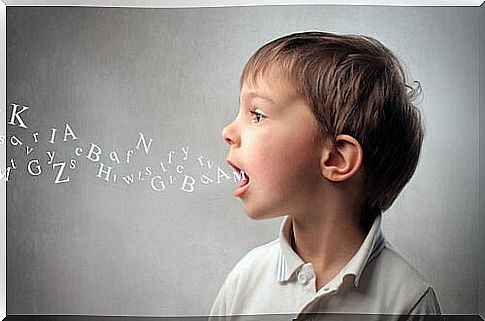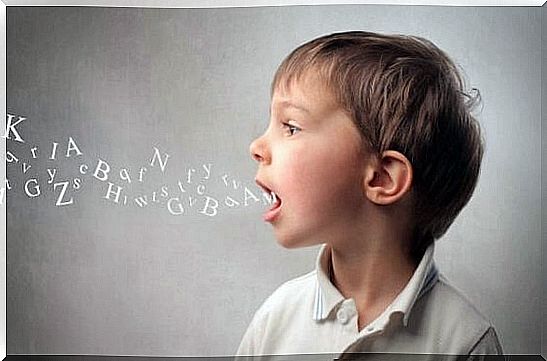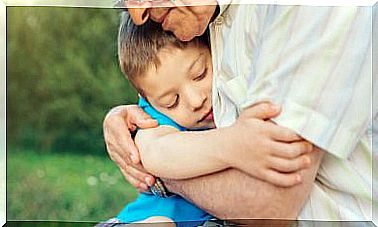Dysglossia: What Is It And How Is It Treated?

Dysglossia, also known as organic dyslalia, is a joint disorder or malformation of the peripheral organs of speech such as the mouth, tongue, teeth, and lips. Because of this, there are very important problems in pronunciation.
Although the child with dysglossia receives adequate stimulation and a good education, he can not achieve a correct pronunciation. However, with the help of parents and professionals, the child can overcome, at least partially, this difficulty.
Next we will describe this condition in depth, so that you know everything that has to do with dysglossia. In addition, we will review what are the types of dysglossia, what causes it and, therefore, the treatment that the infant who suffers from it can follow.
What types of dysglossia are there?
Because this malformation can occur in any organ of speech, the types that exist are varied. These include:
- Labial : it is a disorder of the mobility, strength or consistency of the lips. Among its most common causes, we can list cleft lip, frenulum of the upper lip, facial paralysis and macrostomia.
- Mandibular: is the alteration in the shape of the jaws. The causes can be resection of the jaw or dental dysglossia, among others.
- Dental : it is a disorder in the shape of the teeth. The causes of this anomaly are heredity, hormonal imbalances, diet, orthodontics and prosthetics.
- Lingual : This is a disorder of the tongue that affects your movements. Its causes include short frenulum, glossectomy, macroglossia, congenital malformations, microglossia or paralysis.
- Palatal: it is a malformation of the bony palate and the soft palate. Its origin can be found in a cleft palate, submucosal cleft of the palate, ogival palate, perforations or short palate.
- Nasal: it is produced by a bad passage of air to the lungs or difficulty in breathing.

What are the causes?
Factors that can trigger dysglossia include:
- Genetic factor: dysglossia can be inherited.
- Taking over-the-counter medications during pregnancy.
- Consuming alcohol or tobacco during pregnancy.
Other than physical features, what other signs reveal dysglossia?
Apart from the physical characteristics, which are noticeable to the eye, there are also other signs that are not easy to perceive. These are:
- Psychological disorder derived from the speech problem, such as the fact that the person refuses to speak both with the family and in public.
- Cognitive problems, that is, school failure.
- Literacy difficulties.
- Lack of verbal fluency, because children with dysglossia can undergo frequent surgical interventions.
- Prolongation or repetition of words or sounds.
- Tremors and nervousness
- Acceleration of the heart rate.
- Alteration in breathing.
Treatments for dysglossia
Among the classes of treatments that can be implemented (depending on the type of pathology), are the following:
- Surgical interventions.
- Prosthesis.
- Speech therapy intervention.
- Medical treatment: pediatrician and audiologist.
- Psychologist.

Recommendations to help a child with dysglossia
There are many things that can be done. However, we will try to highlight a few:
- Make the child not focus on his malformation, that it does not define him.
- Create a welcoming environment in which you learn to value what you really do.
- Show that you are satisfied with him and make him notice it.
- Allow him to interact with other children and teach him to socialize.
- Do not identify them by their physical appearance.
- Do as much research as possible about the child’s disorder, as this will help you better.
In conclusion, this disorder can affect any child. Therefore, they should not be excluded from family activities or discriminated against just because they have that difficulty. Rather, their learning process must be assumed and accompanied on the journey. It is not easy, especially for them, but it can be done.










